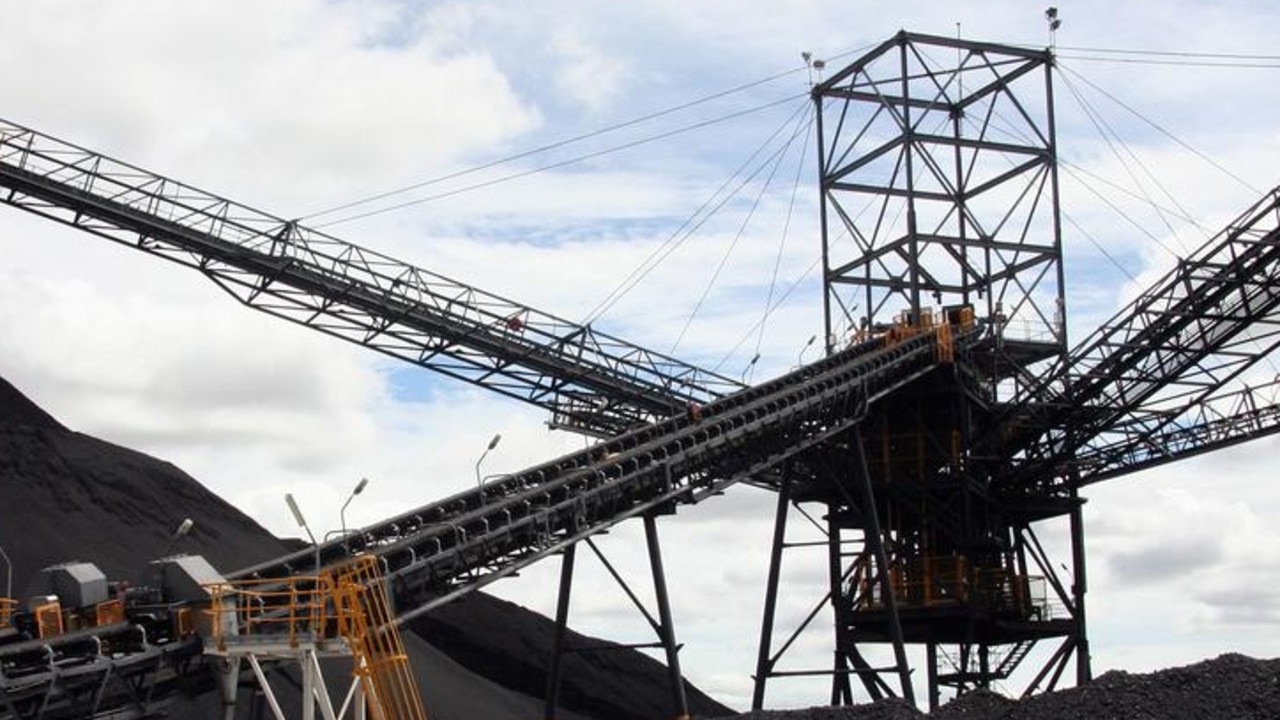REVEALED: Five of the Mackay region's most sacred locations
Heritage Protected sites showcase region's rich history
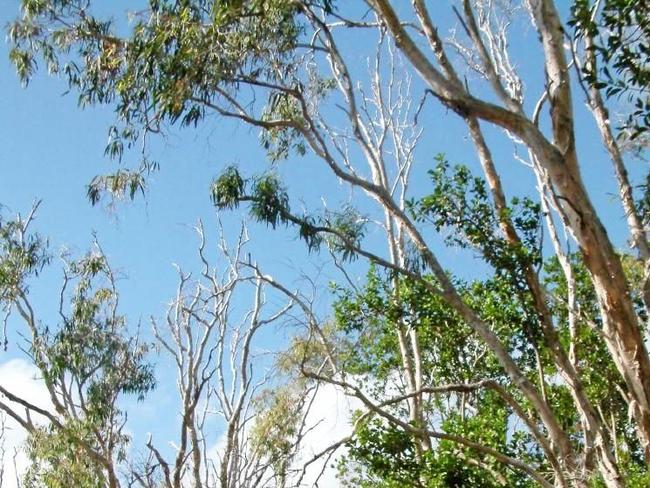
Mackay
Don't miss out on the headlines from Mackay. Followed categories will be added to My News.
FROM historic mango trees to the infrastructure that shaped the district, the Mackay region boasts an abundance of sacred locations.
The Department Environment and Heritage Protection has a long list of Mackay locations included in the Queensland Heritage Register, including the below:
Mango Avenue
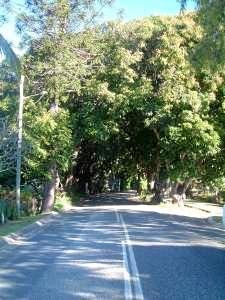
IF YOU have ever visited the Eimeo Pub for a meal or just to enjoy the view, you have probably passed through the beautiful Mango Avenue - but did you know it was Heritage Listed?
Added to the Queensland Heritage Register in 2008, Mango Avenue, between Whittles Lane and Heidke Street at Eimeo the strip has long been appreciated for its aesthetic significance.
The towering mango trees, dating back to circa 1880s, create a dramatic tunnel effect when driving through the shady avenue which has been enjoyed by visitors since at least the 1920s.
Richmond Mill Ruins

WHILE only red bricks ruins remain, the site of Richmond Mill holds a rich history dating back to 1881.
Located on Habana Road, Mackay, Richmond Mill, was constructed in 1881 for John McBryde and Hector McKenzie Finlayson and was the first central mill in the district and for a short while, was the only central mill north of Bundaberg.
The remnants which remain today demonstrate the evolution of Queensland's history because of the mill's contribution to the early sugar refining industry and demonstrating the early use of steam power in the sugar extraction process.
The mill, which closed down in 1895, was added to the register in June 1996.
Habana Tramline Causeway and Wharf Site
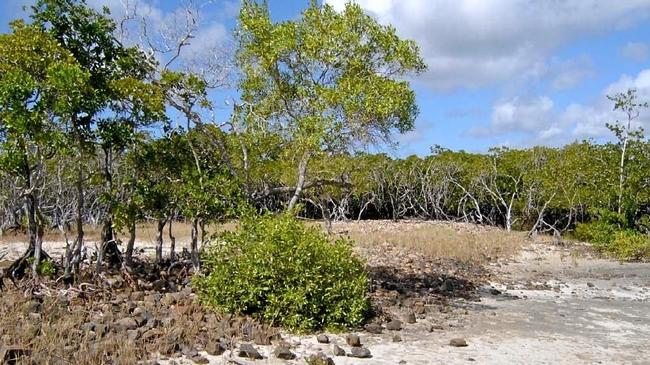
DEVELOPED about 1882, the Habana Tramline and Wharf site, located between Habana Wharf Road and Constant Creek, Mackay, demonstrates an early phase in the evolution of the state's sugar industry.
The causeway and wharf were built by South Sea Islander labour to serve the Habana Sugar Mill (1883-1901), a plantation mill owned by well-known public and sugar industry figure Edward Maitland Long.
It provided tramline access to a wharf on the bank of Constant Creek close to where it empties into the ocean about 14km north-west of Mackay.
The substantially intact Habana Tramline Causeway provides rare surviving evidence of a large construction project undertaken with South Sea Islander labour before the Pacific Island Labourers (Extension) Act 1892 barred them from construction work on plantation roads and tramways.
The Habana wharf remained as a popular fishing spot and existed in the 1930s but nothing remains visible of the wharf today.
Vehicle access along the causeway has been blocked. The site was added to the heritage register in May 2010.
Pindi Pindi Brickworks
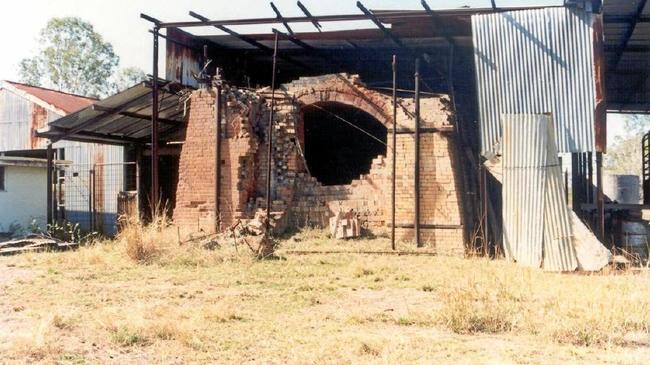
LOCATED off the Bruce Highway at Pindi Pindi, the former site of the Pindi Pindi Firebricks Company/Evans Firebricks Ltd was constructed in 1993 and was the first firebricks to be established outside of Brisbane capable of producing refactory firebricks.
The bricks were supplied by contract to Queensland Railways as well as for the local sugar milling industry at the time and were also used in the construction of the Mackay Court House, Mackay Technical College and Mackay Central State School.
While the brickworks ceased operation in 1958, many historical remnants remain at the site which is bounded by Blackrock Creek to the south and the Bruce Hwy and railway line to the west.
Currently on site there are remnants of the kilns, the brick chimney stacks, the brick-floored storage area, original wooden supports, roof beams and trusses and corrugated iron roofing. The original processing area is still visible, the floor being constructed of bricks produced at the works, and the majority of the walls are open.
It was added to the heritage register in October 2000.
Cane Lifts
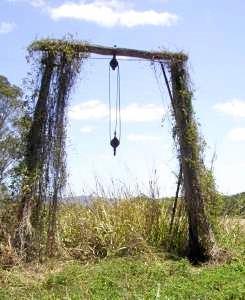
A group of historic crane lifts remain in tact across the Mackay district - a nod to the region's rich sugar history.
While cane lifts became redundant after the universal adoption of chopper harvesters from the 1960s, these cane lifts played a significant part in the sugar industry before that time.
Heritage registered cane lifts are located: in an open grassy paddock adjacent to a cane field on Mirani Mount Ossa Road, Mount Martin (1939), in a cane paddock on the Bruce Highway at The Leap, at 49 Hindles Road and Carmila West (1920).
Originally published as REVEALED: Five of the Mackay region's most sacred locations

